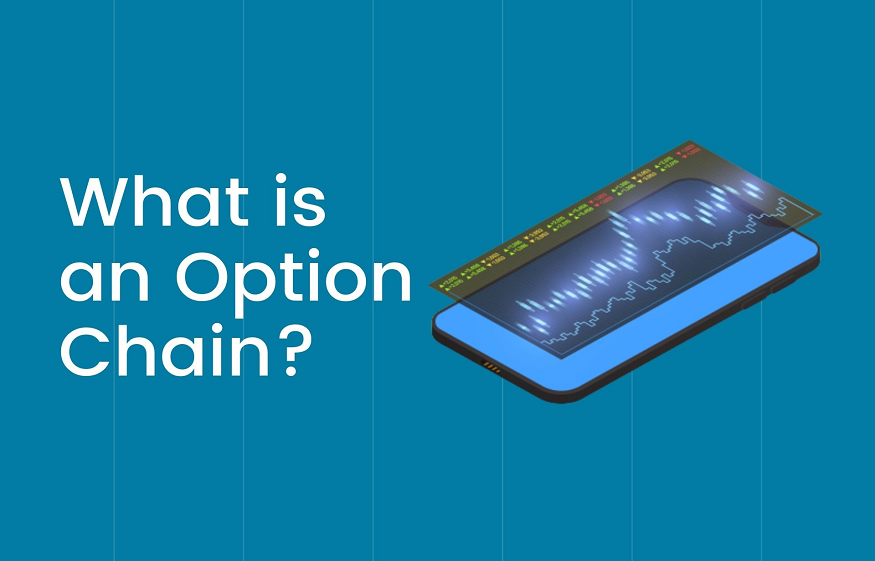
Option chain margin requirements are a set of rules that determine the amount of collateral that traders must maintain in their accounts to initiate and hold option positions. These requirements are set by exchanges and brokerage firms to ensure that traders have sufficient funds to cover potential losses and meet their obligations.
Margin requirements for options are typically lower than those for stock trading due to the limited risk associated with option contracts. The specific margin requirements can vary based on factors such as the underlying asset, the option type (call or put), the strike price, and the expiration date. It’s important for traders to understand these requirements to effectively manage their trading capital and mitigate risk.
There are two main types of margin requirements associated with option chain trading:
Initial Margin: The initial margin is the amount of collateral required to open an options position. It is calculated based on the perceived risk and potential losses associated with the position. The initial margin is typically a percentage of the total contract value, known as the contract multiplier. For example, if the contract multiplier is 100 and the initial margin requirement is 10%, a trader would need to maintain collateral equal to 10% of the total contract value to initiate the option chain trade.
Maintenance Margin: The maintenance margin is the minimum amount of collateral that traders must maintain in their accounts to keep their options positions open. If the account value falls below the maintenance margin, the trader may receive a margin call from their broker, requiring them to deposit additional funds or close out positions to bring the account back to the required level. Failure to meet margin calls can result in the automatic liquidation of positions by the broker with option chain.
It’s important to note that margin requirements can vary across brokers and exchanges. Different financial instruments and trading strategies can also have different margin requirements. Traders should carefully review their broker’s margin requirements and consult the exchange rules to ensure compliance.
Traders can use various tools and calculators provided by brokers to estimate margin requirements for different options positions. These tools take into account factors such as the option premium, strike price, expiration date, and the underlying asset’s current price to calculate the required margin. By simulating different scenarios, traders can assess the impact of their trading decisions on margin requirements and make informed choices with option chain.
Understanding margin requirements is essential for effective risk management in options trading. Traders should consider the potential losses associated with their positions and ensure that they have adequate collateral to cover those losses. It’s important to regularly monitor account balances, margin levels, and market conditions to stay within the margin requirements and avoid margin calls.
Also, traders should be aware of the concept of margin utilization. Margin utilization refers to the percentage of available margin being used by open positions. It’s generally advisable to maintain a reasonable margin utilization level to have flexibility in managing positions and to account for potential market fluctuations with option chain.

